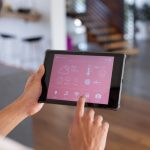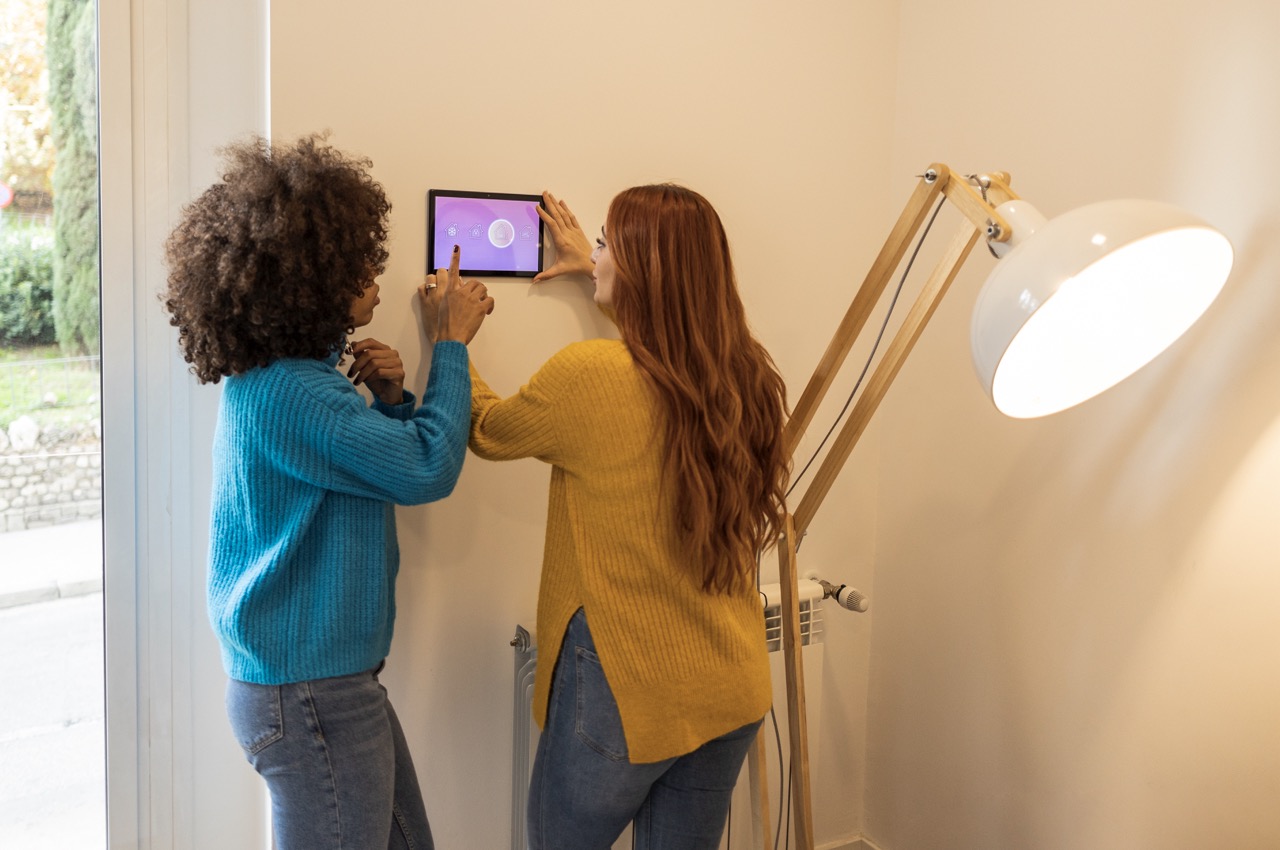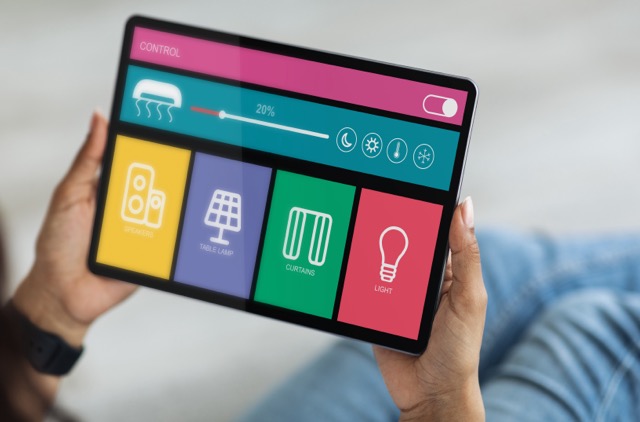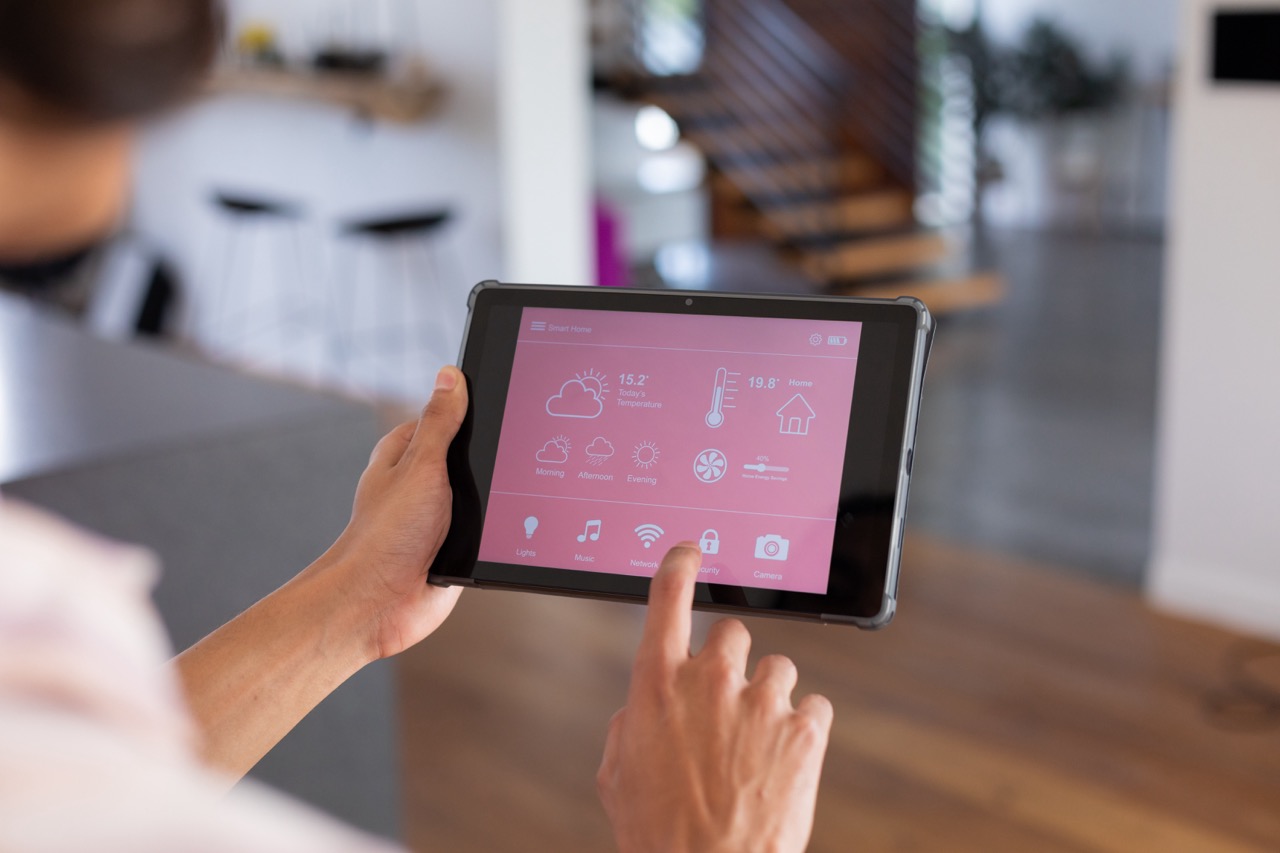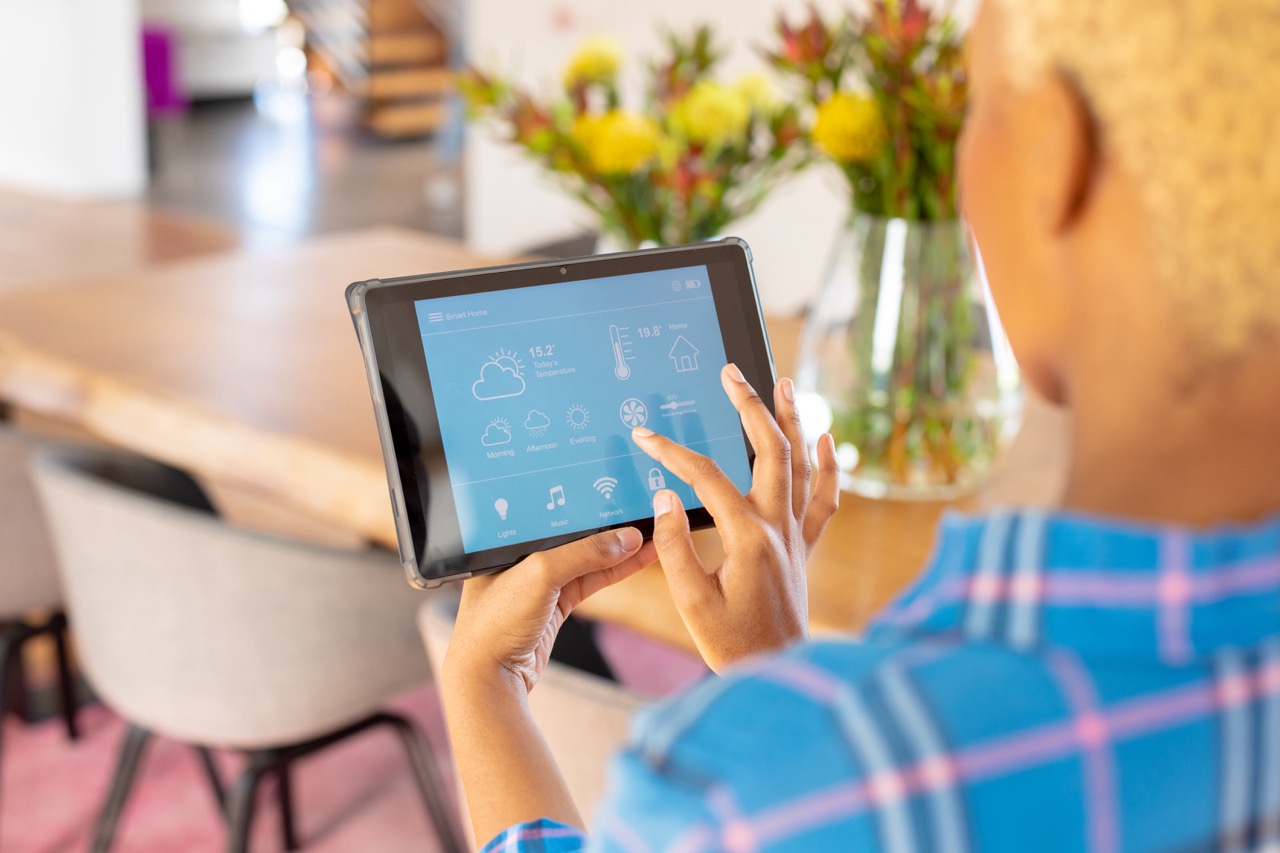In today’s eco-conscious world, homeowners and businesses alike are constantly seeking innovative ways to reduce energy consumption and enhance comfort within their spaces. Smart window covers, including smart curtains and blinds, offer a compelling solution by combining modern technology with traditional window treatments. Not only can they drastically improve a building’s thermal efficiency, but they also add convenience and aesthetic appeal. This article explores the integration of smart curtains and blinds into home automation systems to maximize energy efficiency, providing a blend of insights on their benefits, installation, and future trends.
Evaluating the Benefits of Smart Window Covers
Smart window covers are at the forefront of energy-efficient home technology. By automatically adjusting in response to external environmental conditions, these intelligent systems can significantly reduce a building’s heating and cooling needs. For instance, during the summer, smart blinds can close automatically during the hottest parts of the day to keep interiors cool and reduce the burden on air conditioning units. Conversely, in the winter, they can open to allow sunlight in and help heat the home naturally. This dynamic adjustment not only conserves energy but also ensures optimal indoor comfort throughout the year.
Moreover, smart window coverings enhance privacy and security with customizable settings that can be adjusted from anywhere in the world using a smartphone. This feature is particularly invaluable for those who travel frequently or leave their properties unattended for extended periods. Additionally, the UV filtering capabilities of many smart blinds and curtains protect furniture, artworks, and fabrics from the damaging effects of sunlight, thereby prolonging the life and vibrancy of interior furnishings.
The convenience offered by smart curtains and blinds cannot be overstated. With the touch of a button, or even a voice command, users can control their window coverings. This is especially helpful for windows that are hard to reach, making it easier to manage light and privacy settings effortlessly.
Choosing the Right Smart Curtains and Blinds
Selecting the right smart curtains and blinds is crucial for achieving the desired energy efficiency and aesthetic goals. When choosing smart window coverings, it’s important to consider the orientation of your windows. South-facing windows, for example, might benefit more from solar-adaptive blinds that can reduce glare and heat gain. For north-facing windows, thermal curtains that help retain heat within the room might be more appropriate.
The material of the window covers also plays a significant role in energy conservation. Options like cellular blinds, which have honeycomb-shaped cells to trap air, offer excellent thermal insulation. Similarly, heavy draperies can help keep cold drafts at bay during colder months, while light and reflective materials are ideal for summer.
It’s also vital to choose products that are compatible with your existing home automation system or that can be easily integrated. Compatibility ensures that the new smart window treatments can be seamlessly controlled along with other smart home devices, creating a cohesive and user-friendly system.
Installation Insights: Maximizing Energy Efficiency
Proper installation is key to maximizing the energy efficiency of smart curtains and blinds. It is advisable to have a professional installation to ensure that the window coverings are properly fitted and sealed to prevent air leaks. This can make a significant difference in maintaining the desired indoor temperature and reducing the workload on heating and cooling systems.
Moreover, positioning sensors correctly is crucial for the optimal performance of smart window covers. Sunlight sensors, for example, should have unobstructed exposure to natural light to accurately read environmental cues and operate the window coverings accordingly. Similarly, temperature and humidity sensors must be placed away from direct sunlight and other heat sources to avoid skewed readings.
Additionally, integrating smart window treatments with other building management systems can enhance overall energy efficiency. For instance, connecting smart blinds to smart lighting systems can ensure that lights are only on when blinds are closed, further reducing energy consumption.
Integrating Smart Technology with Home Automation
Integrating smart curtains and blinds with home automation systems elevates the functionality and efficiency of both. By connecting these window covers to a central smart home hub, users can create automated schedules based on time of day or weather conditions, enabling the blinds or curtains to adjust automatically without manual intervention.
This integration also supports the creation of "scenes" or preset configurations that adjust multiple aspects of the home’s environment simultaneously. For example, a "good night" scene could lower the blinds, dim the lights, and adjust the thermostat, all with a single command.
Furthermore, the integration allows for more detailed energy usage monitoring. Homeowners can track how often and to what extent their smart window coverings are contributing to energy savings, allowing for adjustments to maximize efficiency continually.
Real-Life Success Stories: Smart Curtains and Blinds
The impact of smart window covers on energy efficiency is best illustrated through real-life applications. In one instance, a family in Phoenix, Arizona, reported a 20% reduction in their cooling costs after installing solar-adaptive blinds. These blinds automatically adjusted to block intense sunlight during the day, significantly reducing the indoor temperature and minimizing air conditioning use.
In another case, a high-rise office building in New York City equipped with automated thermal curtains managed to cut its heating costs by 15% during winter. The curtains closed automatically as the sun set, adding an extra layer of insulation to the large glass windows that typically lose heat rapidly.
These success stories not only highlight the practical benefits of smart window covers in terms of energy savings but also reflect the increased comfort and convenience experienced by users. The ability to control window coverings remotely, coupled with reduced utility bills, showcases the dual benefits of convenience and cost savings.
Future Trends in Smart Window Coverings
The future of smart window coverings looks promising, with advances in technology continuously enhancing their effectiveness and user-friendliness. Upcoming trends include the integration of artificial intelligence (AI) to learn from user behavior and environmental patterns to automate adjustments more accurately. This could mean that your blinds anticipate a sunny forecast and close at optimum times to keep your home cool without any input from you.
Innovation in materials is also on the horizon, with developments like photochromic and thermochromic technologies, which enable materials to change color or opacity based on sunlight intensity and temperature. This could further enhance the energy efficiency of smart window treatments without sacrificing style or light preferences.
Lastly, as the Internet of Things (IoT) expands, smart window covers will likely become more interconnected with other smart devices, creating more integrated, energy-efficient homes and offices. This evolution will continue to push the boundaries of what smart window treatments can achieve in energy conservation and management.
Smart curtains and blinds represent more than just a technological novelty; they are a practical investment in the future of home and building management. By enhancing energy efficiency, providing unmatched convenience, and integrating seamlessly with broader smart home systems, they offer a significant return on investment. As technology advances, the scope and capabilities of these smart window coverings will only expand, making them an essential component of modern, energy-conscious living. Whether retrofitting older properties or designing new spaces, incorporating smart window treatments is a wise decision that pays dividends in comfort, energy savings, and environmental stewardship.


